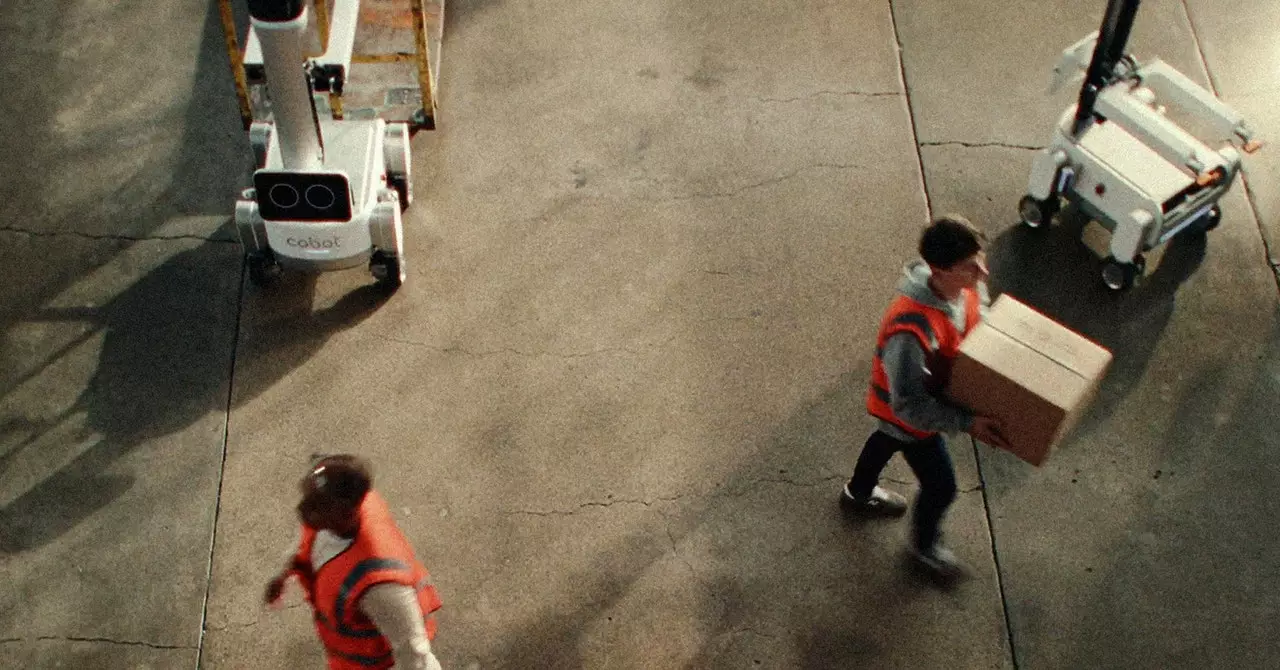In the rapidly evolving landscape of industrial automation, Proxie distinguishes itself by offering an innovative solution that addresses key operational constraints faced by modern warehouses. Unlike traditional robots that often face lengthy operational downtimes due to battery charging limitations, Proxie allows for swift battery swaps, ensuring continuous productivity. This practical approach exemplifies a growing trend within the robotics field to prioritize functionality and adaptability over simplistic replication of human capabilities.
While the exact purchase or leasing cost of Proxie remains undisclosed, it’s important to contextualize its pricing within the broader robotic marketplace, where many models range from tens of thousands to even hundreds of thousands of dollars. Such investment can seem daunting for companies eager to integrate automation; however, the potential for operational efficiency and labor optimization can offset these initial costs.
One of Proxie’s core functionalities is its proficient collaboration with human workers. By sharing responsibilities—specifically pertaining to the navigation of carts in bustling warehouse environments—these robots not only enhance workflow but also create a safer workspace by reducing the risk of collisions. The Cobot team, led by Porter, envisions a future where such automation continually augments its capabilities through advanced artificial intelligence (AI), enabling these machines to perform increasingly complex tasks.
In an era where many companies are clamoring to produce humanoid robots, it’s notable that Cobot has adopted a more pragmatic stance. Proxie, while not designed to imitate human form or function, is equipped with advanced voice-command features powered by large language models. For instance, a simple request such as “Go to dock 3 and grab the cart by the door” can be executed with remarkable efficiency. This highlights the robot’s lack of pretense in trying to emulate human workers while still enhancing their operational efficiency—a more grounded strategy compared to the lofty aspirations of creating humanoid robots.
Industry experts like Porter emphasize that while humanoid robotics present intriguing possibilities, the technology remains in its infancy with high associated costs and limited reliability. Companies such as Amazon are exploring humanoid robots, notably through partnerships with startups like Agility Robotics, but the consensus is that, for now, simpler and more effective collaborative robots like Proxie are better suited for widespread deployment. The technological barriers to creating a robust and reliable humanoid platform make the current focus on mobile robots more viable and sustainable.
Proxie is designed not to replace human workers entirely, but rather to take on the menial tasks that often prove burdensome or physically taxing for them. Erez Agmoni of Interwoven Ventures asserts that this collaborative approach has already yielded promising outcomes, allowing teams to repurpose their energy towards more value-adding tasks without the need for extensive modifications to existing warehouse layouts or equipment.
Fady Saad, a robotics venture capitalist, notes that Cobot’s ambition is squarely aimed at tapping into the existing labor challenges posed by the simple act of moving goods. The flexibility inherent in Proxie’s design suggests that its utility can expand as technology progresses. Porter’s long-term vision includes evolving Proxie into a more complex platform that, while starting simply, could eventually incorporate advanced humanoid features as technological advancements allow.
This vision aligns with sentiments expressed by other notable figures in the robotics sector, such as Rodney Brooks. As the CTO of Robust.AI, Brooks advocates for addressing the immediate needs of industries by utilizing existing mobility technologies rather than pursuing less practical humanoid solutions. He argues convincingly that there are valid reasons for sticking with wheel-based transport solutions, as they remain efficient and effective for many industrial applications.
As the discourse surrounding automation in warehouses unfolds, it prompts a significant inquiry into the tasks we might want robots to assist with. Would the humanization of robotics enhance their acceptance in various environments, or is practicality the more critical attribute? Engaging in this conversation lays the foundation for exploring how collaborative robots like Proxie might transform our workplaces, ultimately reshaping the future of labor as we know it. For those curious to share their thoughts or experiences on this topic, feel free to contribute to the dialogue.


Leave a Reply
You must be logged in to post a comment.